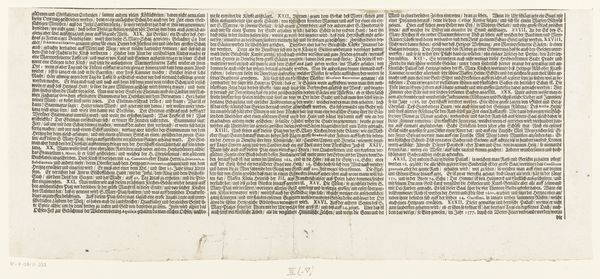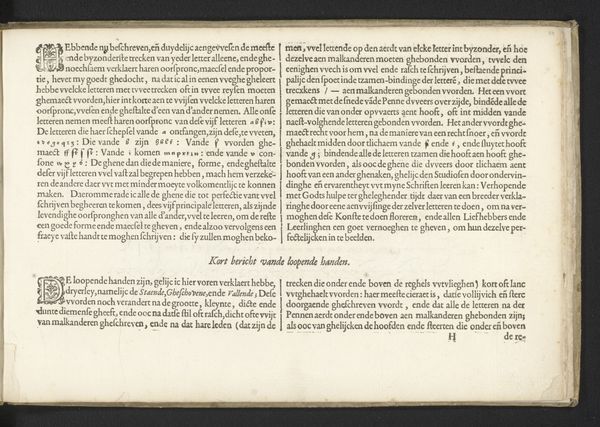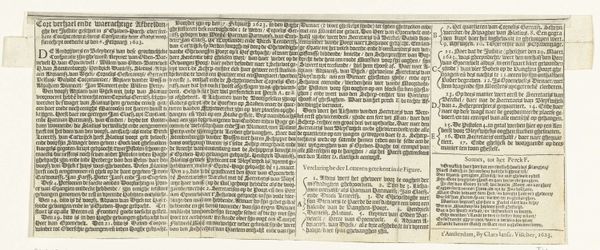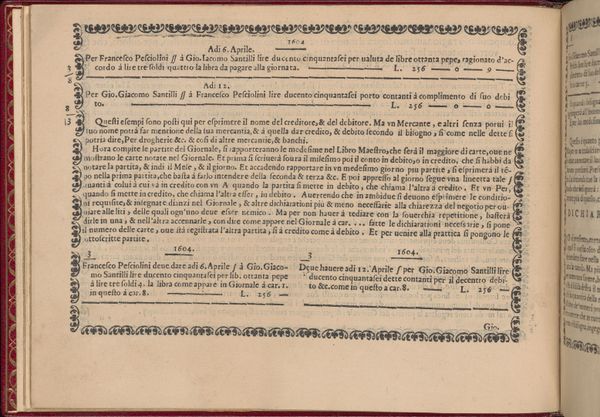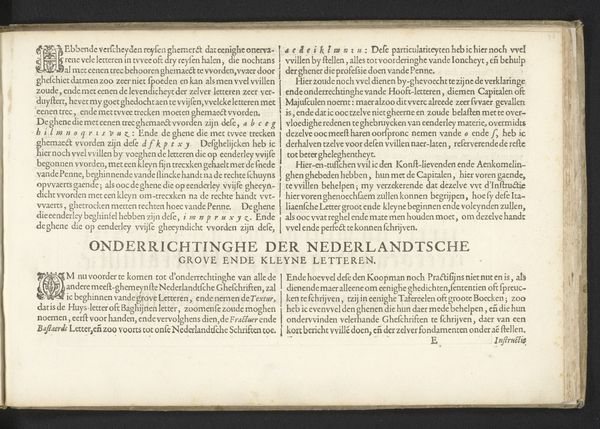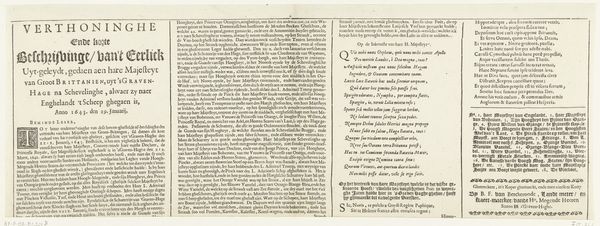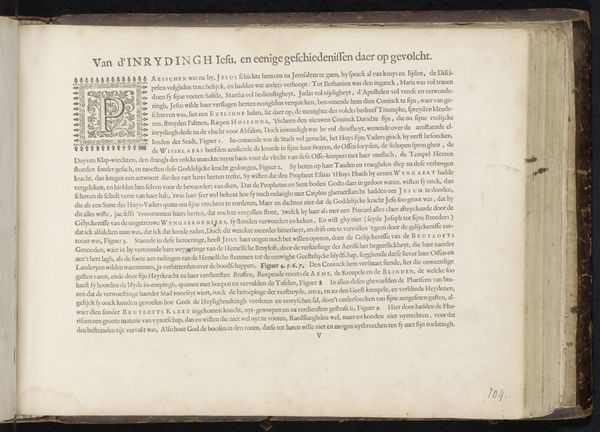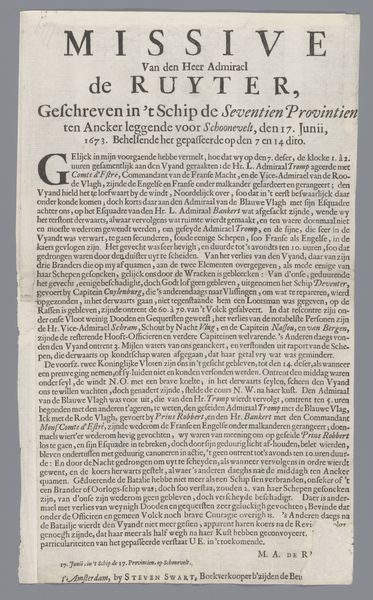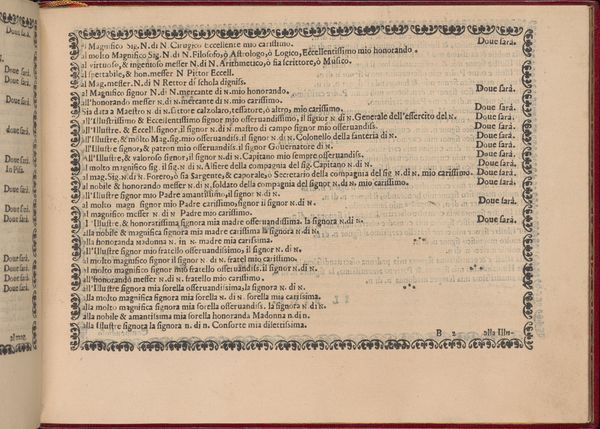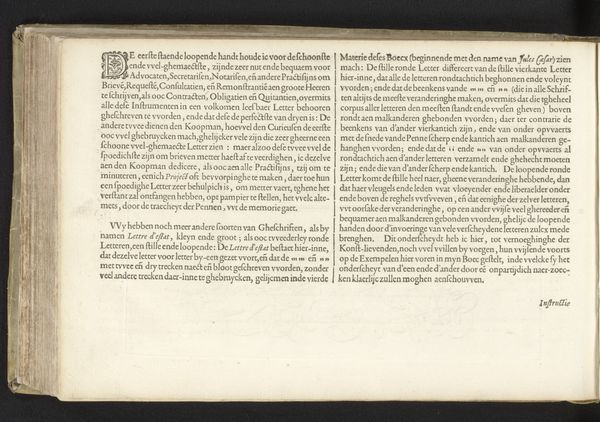
Ghirlanda: Di sei vaghi fiori scielti da piu famosi Giardini d'Italia, page 7 (recto) 1604
0:00
0:00
drawing, print, paper, ink
#
drawing
# print
#
paper
#
ink
Dimensions: Overall: 5 7/8 x 7 7/8 in. (15 x 20 cm)
Copyright: Public Domain
Editor: This is page seven from Pietro Paulo Tozzi’s “Ghirlanda: Di sei vaghi fiori scielti da piu famosi Giardini d'Italia,” created in 1604. It's an ink drawing and print on paper currently held at the Met. I'm struck by the intricate floral border around the text; it gives the page a jewel-like quality. How do you interpret this work within its historical context? Curator: Well, placing this piece within its time, we see the intersection of commerce, literacy, and artistic expression. This wasn’t just a drawing; it was part of a book teaching accounting. Think about who would have had access to this kind of knowledge and the power it afforded them. Editor: So, it’s not just about the beautiful floral design but also about the social implications of who could read and do accounting at the time? Curator: Exactly. The decorative elements frame a system of knowledge that, during the Renaissance, became increasingly vital for maintaining social and economic hierarchies. Consider who was excluded. Were women encouraged to learn these skills, or were they largely relegated to domestic roles, excluded from these vital economic processes? Editor: That’s a really important point. I hadn't considered the power dynamics inherent in something that seems as simple as an accounting guide. It makes you wonder about the stories of those whose access to knowledge was restricted. Curator: Precisely! And how these restrictions shaped their lives and contributions. Looking at it through that lens gives the image a completely different significance. Editor: I agree. I now see how the visual arts played a vital role in both promoting and maintaining social and cultural norms. Curator: Yes, and it also reminds us to question what stories are *not* being told within these seemingly straightforward historical documents.
Comments
No comments
Be the first to comment and join the conversation on the ultimate creative platform.

